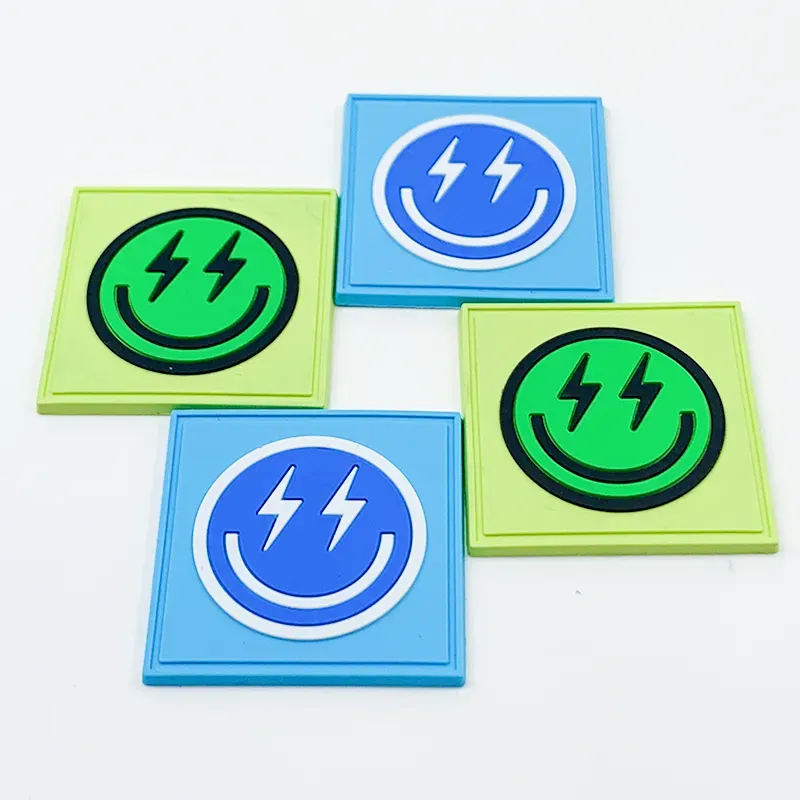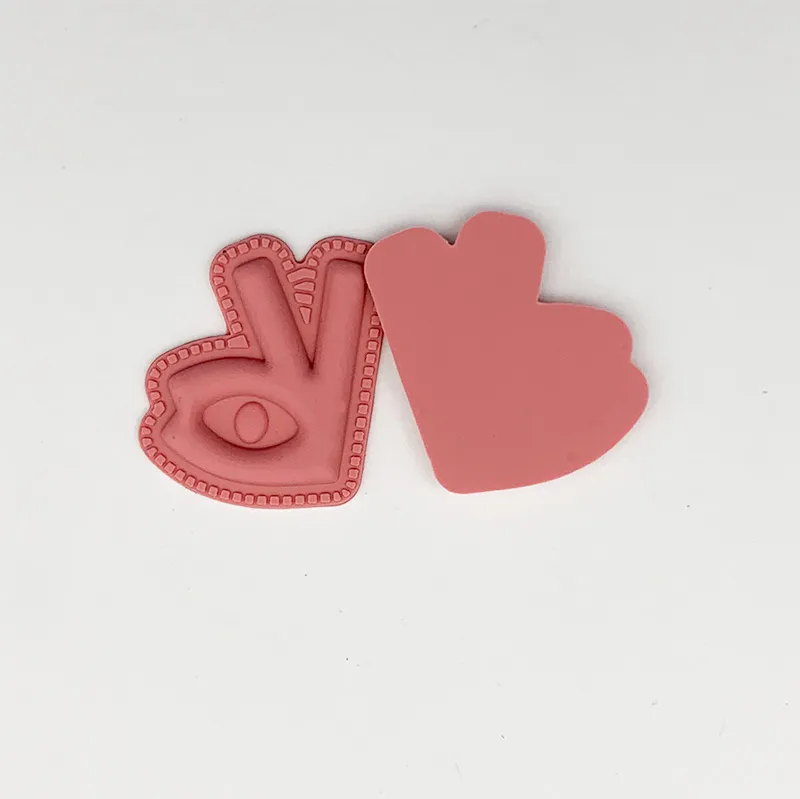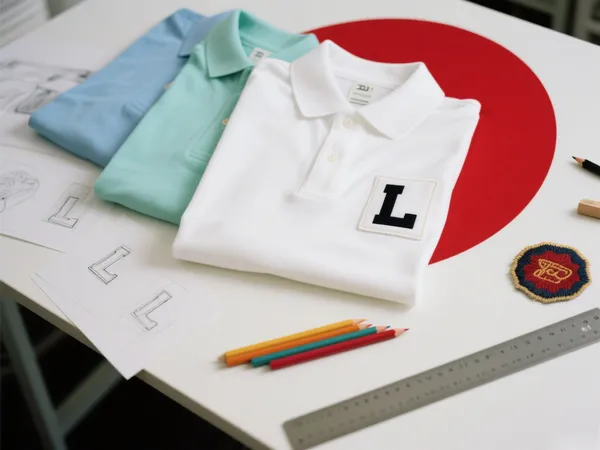En industrias como accesorios de prendas de vestir, adornos para calzado y bolsos y productos deportivos, CLORURO DE POLIVINILO y silicona Son dos materiales de uso común. Se emplean ampliamente en la fabricación de insignias, etiquetas, colgantes y parches decorativos o funcionales. Sin embargo, muchos clientes no comprenden del todo las diferencias fundamentales entre estos materiales, lo que a menudo provoca usos desiguales, una vida útil reducida del producto o frecuentes problemas posventa.
Este artículo proporcionará una descripción general sistemática de las principales diferencias, ventajas y aplicaciones adecuadas de los materiales de PVC y silicona.
🟠 ¿Qué es el PVC?
PVC, o polyvinyl chlorideEs un material plástico sintético común. Gracias a su bajo costo de materia prima, sus colores vibrantes y su alta fluidez, se utiliza ampliamente en artículos de producción en masa que requieren una entrega rápida.
✅ Características principales del PVC:
- Superficie brillante con colores vivos y saturados, ideal para patrones o logotipos vibrantes.
- La compatibilidad multicolor permite lograr efectos visuales enriquecedores.
- Alta eficiencia de producción: los colores líquidos fluyen fácilmente y llenan los moldes rápidamente.
- Se pueden lograr estructuras de color en capas y efectos de logotipo 3D.
Limitaciones:
- Resistencia débil al frío: sólo soporta temperaturas tan bajas como -10°C; se vuelve quebradizo o se rompe fácilmente en ambientes fríos.
- Vida útil corta: puede decolorarse o endurecerse en 1 o 2 años debido al envejecimiento.

🟢 ¿Qué es la silicona?
Silicone Es un material ecológico de alta elasticidad con excelente resistencia al frío y estabilidad. Está sustituyendo cada vez más al PVC en equipamiento para actividades al aire libre, ropa deportiva de alta gama y mercados con conciencia ambiental.
✅ Características principales de la silicona:
- Superficie mate, antirreflectante, de tacto suave y ligera cualidad antideslizante.
- Se pueden utilizar hasta 6 colores, aunque no tan vibrantes como el PVC, suficientes para la mayoría de los diseños.
- Proceso de producción complejo: la capa del logotipo está rellena de líquido, mientras que la base está moldeada de forma sólida y requiere capas manuales, lo que genera una menor eficiencia de producción.
- Solo se puede presentar un máximo de tres capas de color, no es adecuado para diseños muy complejos.
- Excepcional resistencia al frío: soporta temperaturas de hasta -40°C sin agrietarse ni deformarse.
- Altos estándares ambientales: seguridad alimentaria, no tóxico y amigable con la piel.

❗Por qué no se recomienda el PVC para etiquetas de transferencia térmica
Debido a su baja estabilidad térmica, el PVC no es adecuado para aplicaciones de transferencia de calor que requieren prensado a alta temperatura. La exposición al calor puede causar burbujas, deformaciones o fallos de adhesión. Por el contrario, la silicona ofrece una resistencia térmica y una fuerza de adhesión superiores, lo que la convierte en la... material preferido para etiquetas de transferencia de calor.
PVC vs. Silicona: Comparación de costos
Debido a la diferencia en las propiedades de los materiales y los procesos de producción, La silicona suele costar entre 2,5 y 3 veces más que el PVC..
| Aspecto | CLORURO DE POLIVINILO | Silicone |
|---|---|---|
| Acabado de la superficie | Brillante, vibrante | Mate, antideslizante |
| Detalle de color y capa | Multicolor, en capas | Hasta 6 colores, máximo 3 capas |
| Resistencia al frío | Hasta -10°C | Hasta -40°C |
| Eficiencia de producción | Moldeo líquido rápido | Capas de base manuales, menor producción |
| Impacto ambiental | Pobre, no degradable | Alto grado alimenticio, ecológico. |
| Costo | Low | Alto (2,5–3× de PVC) |
| Idoneidad para la transferencia de calor | ❌ No recomendado | ✅ Ideal para transferencia de calor |
📌 Recomendación final
- Si lo necesitas Entrega rápida, grandes volúmenes y soluciones rentables, CLORURO DE POLIVINILO Es una elección sólida.
- Si priorizas Durabilidad, respeto al medio ambiente, compatibilidad con la transferencia de calor., y calidad de marca, silicona es la opción superior
- Para etiquetas de transferencia de calor personalizadas, we Recomiendo encarecidamente el uso de silicona. para evitar problemas de calidad durante el procesamiento o el uso final.
📩 ¿Actualmente estás desarrollando un producto de PVC o silicona?
Estamos aquí para ayudarle con asesoramiento experto y desarrollo de muestras. Comparta su tipo de tela, aplicación y requisitos de lavado, y le recomendaremos el material y el método de producción más adecuados, lo que le ayudará a reducir riesgos y mejorar la calidad del producto.
📣 ¿Has enfrentado algún desafío al utilizar PVC o silicona?
¡Déjanos un comentario! Nos encantaría ofrecerte soluciones prácticas adaptadas a tus necesidades.



